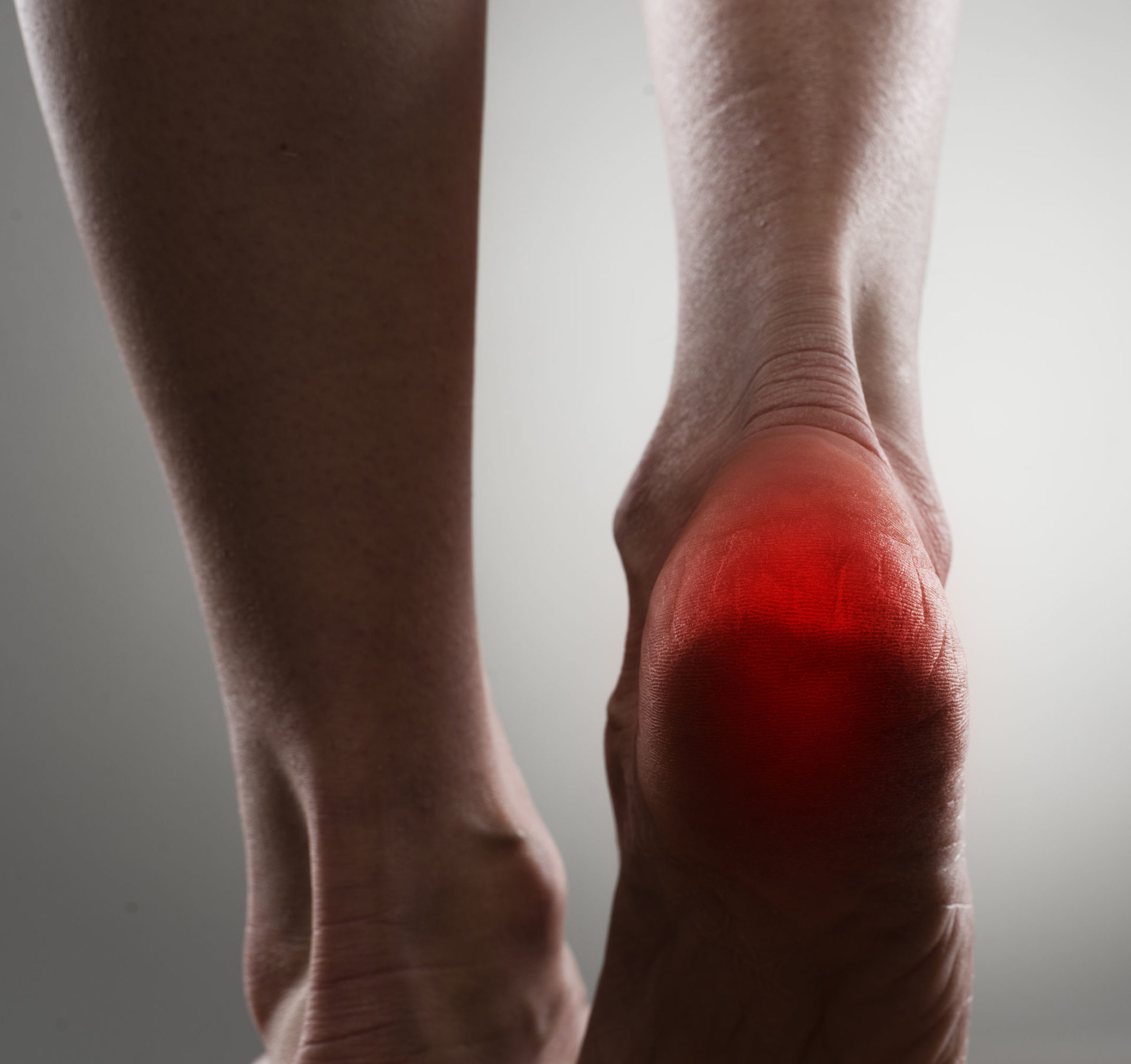HEEL PAIN: CAUSES AND TREATMENTS

Reviewed by AOSMI’s Trained Foot and Ankle surgeons, Dr. Allison Dewaters, and Dr. Wesley Nesbit.
Out of all 26 bones and 33 joints that make up your foot and ankle, your heel is the largest bone in the region. Therefore, it’s only logical that it can require the most amount of care and is highly susceptible to injury. For those suffering from regular heel pain, determining the cause and deciding upon the appropriate treatment quickly is best left to a foot and ankle specialist or podiatrist. If you’re regularly experiencing pain or swelling in your heels and ankles, visit the Advanced Orthopedic Sports Medicine Institute’s contact page to request an appointment with a podiatry care specialist and read on to learn more about the most common causes and treatments for heel pain.
WHAT CAUSES HEEL PAIN?
- Heel Spurs: Usually seen in runners and other athletes who run – or jog – regularly as part of their sport, this condition develops when the lining that covers the heel breaks off in pieces as a result of continuous stretching, resulting in heel spur pain.
- Plantar Fasciitis: Also seen in runners, this condition occurs when the tissue connecting the heel to the ball of the foot becomes inflamed. For the Average Joe, this condition can develop as a result of wearing poorly fitting shoes.
- Excessive Pronation: Often as a result of changes in your gait that result from hip or back injuries, this condition occurs when the foot rolls inward, and the ligaments and tendons in the back of the heel are overstretched, causing heel pain.
- Achilles Tendonitis: Common among dancers, athletes, and runners, this condition is the result of the inflammation of the Achilles’ tendon.
HEEL PAIN TREATMENT & RELIEF
When it comes to treatment for the common causes of heel pain, there are surgical and nonsurgical options available. For most causes of heel pain, physical therapy is the first step towards recovery. For more significant issues, a podiatrist at AOSMI will X-ray the area to determine whether minimally invasive surgery is required. If you’re suffering from any of these common conditions resulting in heel pain, consult with a podiatry care specialist today to get started on your path to recovery and heel pain relief.
Frequently Asked Questions About Heel Pain Causes and Treatment
How do I get rid of the pain in my heel?
To alleviate heel pain, you can try the following:
– Rest: Give your feet a break from activities that exacerbate the pain.
– Ice: Apply ice to the affected area for 15-20 minutes several times a day.
– Stretching: Perform gentle stretches for the calf and plantar fascia.
– Proper Footwear: Wear shoes with adequate arch support and cushioning.
– Orthotics: Consider using over-the-counter or custom-made orthotic inserts.
– Medications: Over-the-counter pain relievers and anti-inflammatories may help.
– Physical Therapy: Consult a physical therapist for targeted exercises and treatments.
– Night Splints: Wear night splints to maintain gentle stretching while sleeping.
How do I know if my heel pain is serious?
If your heel pain is severe, persistent, or accompanied by swelling, redness, warmth, numbness, tingling, difficulty walking, or fever, it may be a sign of a more serious condition. It’s advisable to seek medical evaluation to determine the cause and receive appropriate treatment.
What does a heel spur feel like?
A heel spur is often associated with sharp, stabbing pain at the bottom of the heel. The pain may be particularly intense when walking or standing after periods of rest. However, not all cases of heel pain are due to heel spurs, and a proper diagnosis is essential.
Why do I have sudden heel pain after running?
Sudden heel pain after running could be attributed to various factors, such as overuse, improper footwear, sudden increase in activity, poor running form, or conditions like plantar fasciitis or Achilles tendinitis. Rest, ice, proper footwear, and gradual increases in activity can help prevent and manage post-running heel pain.
How do I know if I have plantar fasciitis?
Plantar fasciitis typically presents with sharp or stabbing pain in the bottom of the heel, especially during the first steps in the morning or after periods of rest. The pain may improve with movement. If you suspect plantar fasciitis, consult a healthcare provider for a proper diagnosis and treatment plan.
What are the best nonsurgical treatment options for heel pain?
Effective nonsurgical treatments for heel pain include:
– Rest and activity modification
– Stretching exercises for the calf and plantar fascia
– Orthotic inserts for proper arch support
– Physical therapy for strengthening and flexibility
– Night splints for gentle stretching
– Shockwave therapy or ultrasound therapy
– Anti-inflammatory medications
– Corticosteroid injections (used judiciously)
– Extracorporeal Pulse Activation Technology (EPAT)
What is the best surgery to treat heel pain?
Surgery for heel pain is typically considered after nonsurgical treatments have been exhausted. The best surgical option depends on the underlying cause of the heel pain. Common surgical procedures for heel pain include plantar fascia release, removal of heel spurs, and release of tight ligaments. Your doctor will determine the most suitable surgical approach based on your specific condition.
Find your Provider









